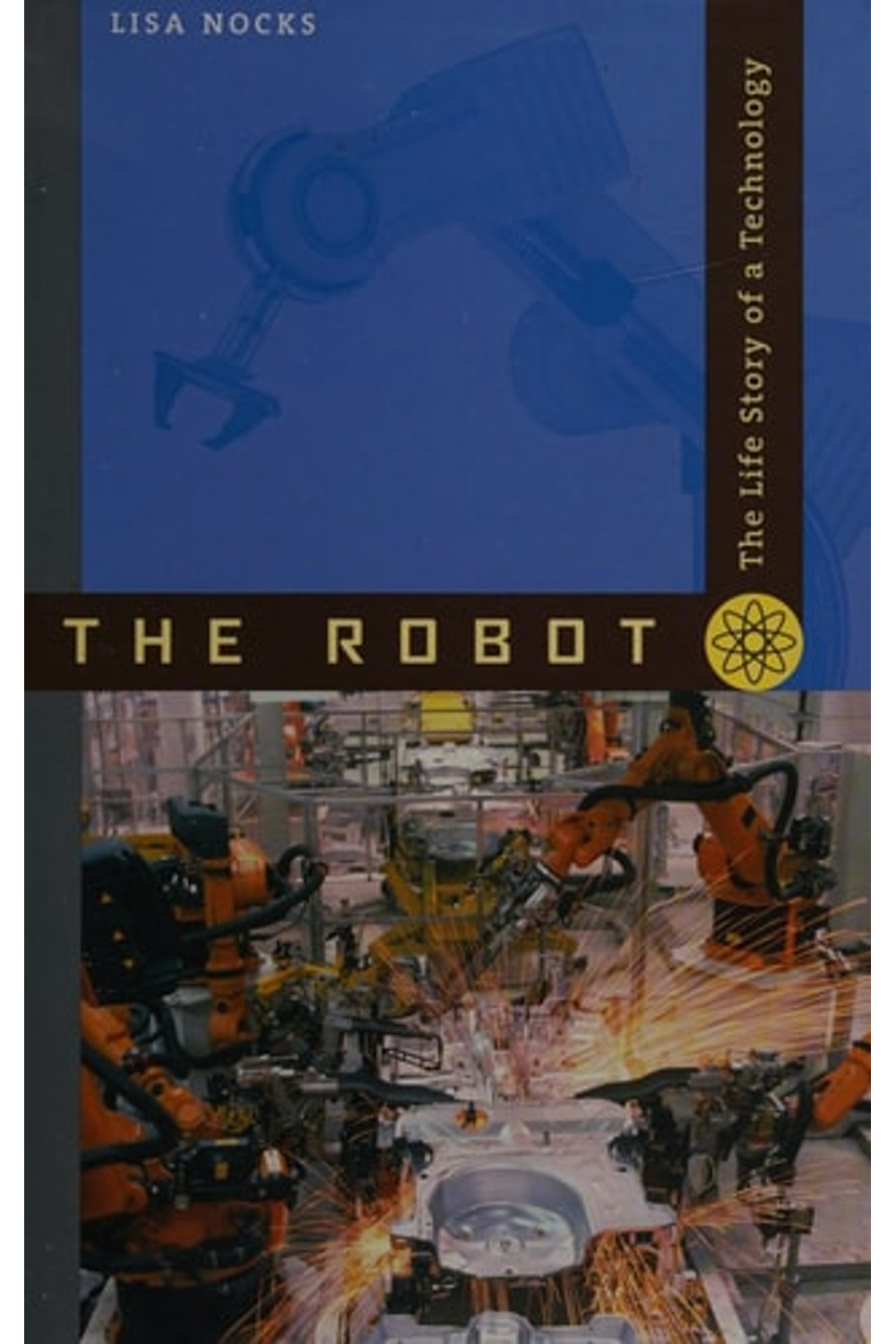Embark on a captivating journey through the history of automation with Lisa Nocks’ “The Robot: The Life Story of a Technology.” From ancient myths of artificial beings to the sophisticated robots shaping modern industry and space exploration, this illustrated paperback, published by Johns Hopkins University Press, unveils the fascinating evolution of robotic technology. Nocks masterfully connects historical threads, showcasing how early automatons and mechanical marvels laid the groundwork for today’s AI-powered machines. Discover the impact of innovations like the Jacquard loom and Japanese manufacturing techniques on robotic development. Explore the roles robots play in deep space exploration, and how they’re poised to redefine our world. More than just a history lesson, “The Robot” provides valuable insights into the current robotics landscape. Benefit from the included timeline of key events, glossary of technical terms, and resources that highlight significant robot companies. Delve into the future of this ever-evolving technology. Whether you’re a tech enthusiast, student, or simply curious about the world around you, this book offers a comprehensive and engaging exploration of robotics’ past, present, and exciting possibilities.
The Robot: The Life Story of a Technology
16.43 $
In stock
Robots fascinate us, and they have become increasingly important in postWorld War II industry and space exploration. Where did the idea for such devices come from? What varied uses do they serve in our world, and where do they seem to be headed? Lisa Nocks traces the history of the robot, from the earliest concepts in ancient myth to mechanical toys of the Enlightenment, from the Jacquard punch card loom in the Industrial Revolution to Japanese car-making devices, and from rovers on Mars and the latest developments in artificial intelligence to the service robotics of the twenty-first century. This volume includes a timeline of important events, a glossary of terms, descriptions and statistics of robot labs and companies around the world, and a helpful bibliography of primary and secondary sources for further research.
| Authors | |
|---|---|
| Binding | |
| Condition | |
| ISBN-10 | 0801890713 |
| ISBN-13 | 9780801890710 |
| Language | |
| Pages | 224 |
| Publisher | |
| Year published | |
| Weight | 386 |
| Edition | Illustrated |
| Dewey decimal | 509 |
Related products
- Additional information
- Currencies
- USD – United States dollar
- EUR – Euro
- GBP – Pound sterling
- CNY – Chinese yuan
- BRL – Brazilian real
- MXN – Mexican peso
- JPY – Japanese yen
- PHP – Philippine peso
- THB – Thai baht
- PLN – Polish złoty
- CAD – Canadian dollar
- MYR – Malaysian ringgit
- AUD – Australian dollar
- TWD – New Taiwan dollar
- CZK – Czech koruna
- SEK – Swedish krona
- HUF – Hungarian forint
- ILS – Israeli new shekel
- CHF – Swiss franc
- HKD – Hong Kong dollar
- DKK – Danish krone
- SGD – Singapore dollar
- NOK – Norwegian krone
- NZD – New Zealand dollar





